"The two common groups of agents that cause hand, foot and mouth disease are Coxsackie virus A16 (CA16) and Enterovirus 71 (EV71). While cases of CA16 infection often have mild symptoms and can be cared for and treated at home, EV71 will cause more severe illness with many dangerous complications such as encephalitis, meningitis, myocarditis, pneumonia, pulmonary edema, respiratory failure, circulatory failure, which can be fatal if not treated promptly" - Dr. Nguyen Van Lam - Director of the Center for Tropical Diseases, National Children's Hospital informed.
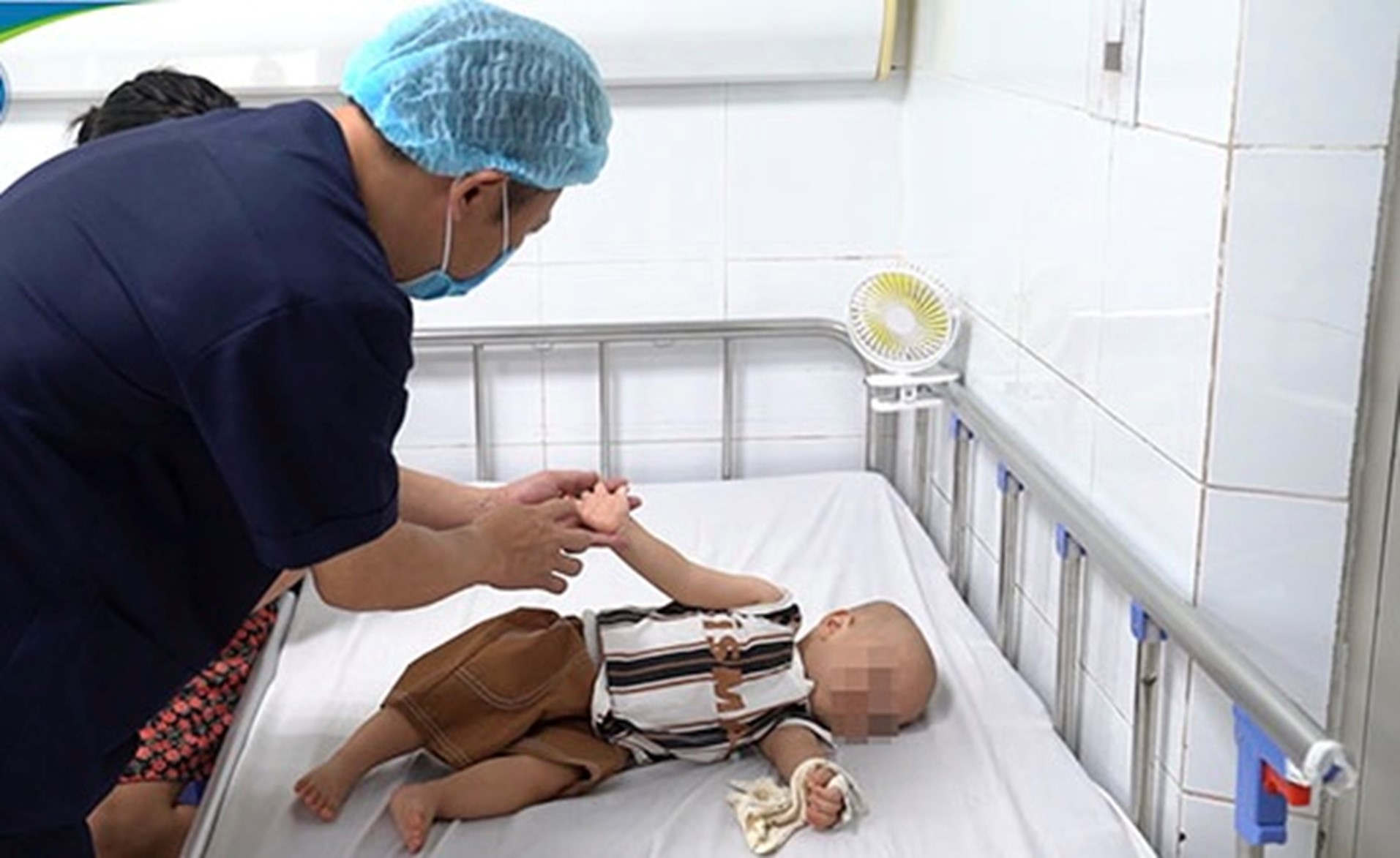
Dr. Nguyen Van Lam - Director of the Center for Tropical Diseases, National Children's Hospital is examining a child with Hand, Foot and Mouth Disease.
According to MSc. Dr. Do Thi Thuy Nga - Deputy Head of the Department of General Internal Medicine, Center for Tropical Diseases said: "There are two common complications of hand, foot and mouth disease: neurological complications and complications of respiratory and circulatory failure. However, this year our Department has received more children with neurological complications, the most typical of which is encephalitis".
MSc. Dr. Nga added that children admitted to the hospital are often awake, without much perceptual disturbance, but show signs of being startled, especially startled at the beginning and end of sleep; in addition, there are also signs of tremors in the limbs, staggering gait...
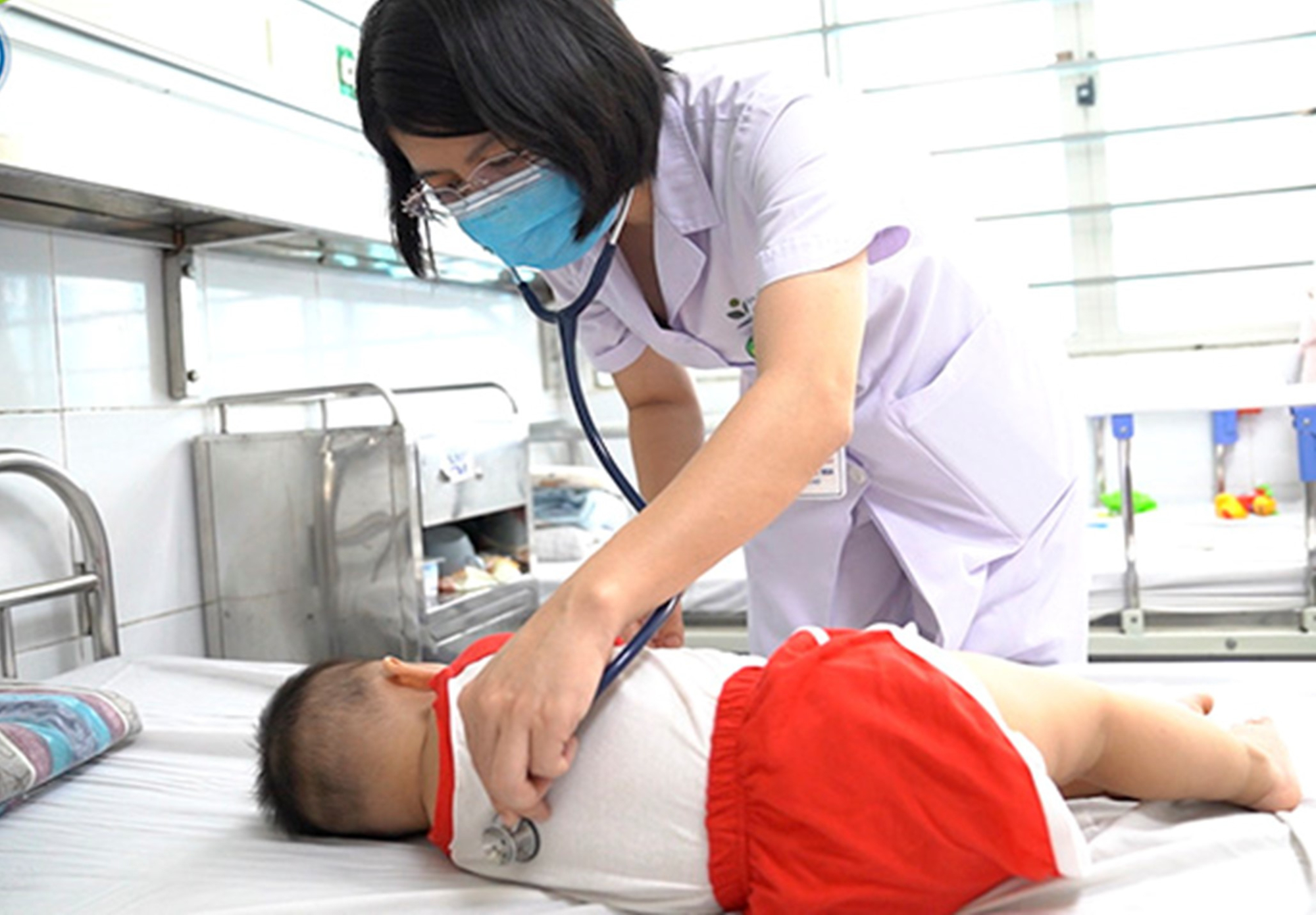
MSc. Dr. Do Thi Thuy Nga - Deputy Head of General Internal Medicine Department, Tropical Disease Center is examining a child with hand, foot and mouth disease.
Doctors at the National Children's Hospital say that early detection of hand, foot and mouth disease in children is that the disease usually begins with symptoms of fever, poor appetite, discomfort and sore throat. Then, 1 to 2 days after the fever, sores appear in the mouth causing pain. Initially, they are red blisters and often develop into ulcers. These ulcers are mainly on the tongue, gums and inside the cheeks.
In addition, a non-itchy rash appears over 1-2 days as flat or raised red lesions, some with blisters. The rash is usually concentrated on the palms of the hands or soles of the feet; it may also appear on the buttocks and/or genitals. Children may also have no typical symptoms or may only have a rash or mouth ulcers.
Doctors here also recommend that because hand, foot and mouth disease progresses quickly and unpredictably, when a child is found to have the disease, the family should take the child to a medical facility for advice on care, how to detect severe symptoms, and then promptly treat it. Parents should not research online and then arbitrarily use medicine, which can make the child's illness worse.
Thu Phuong
Source




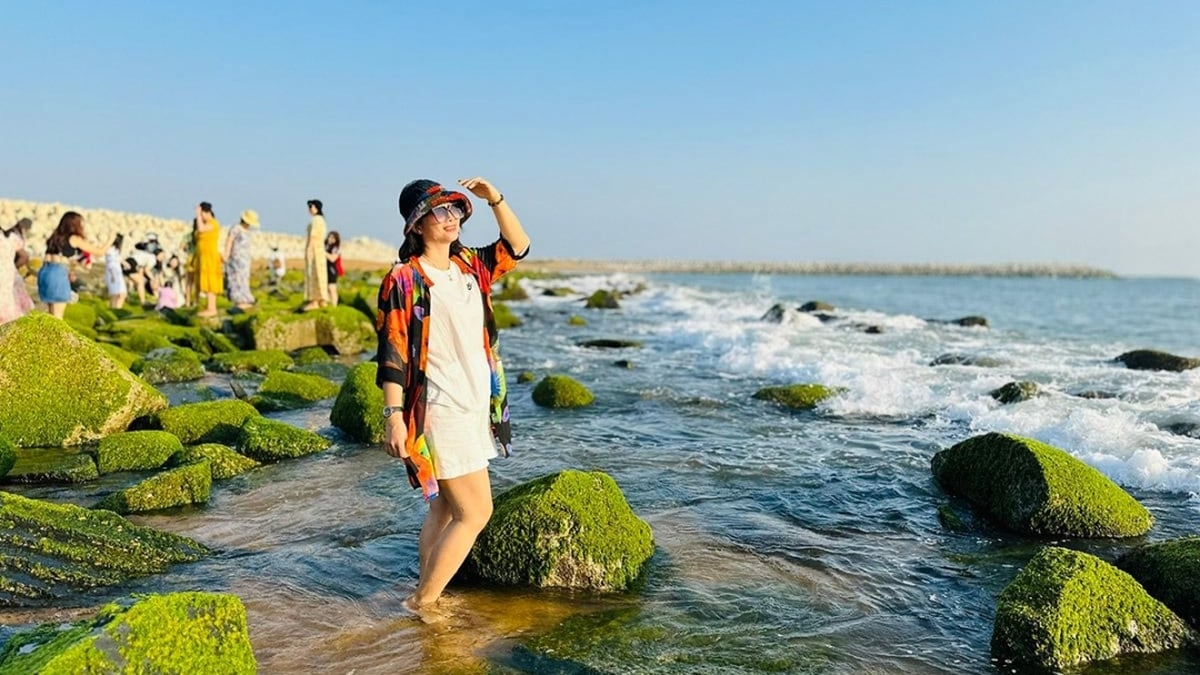

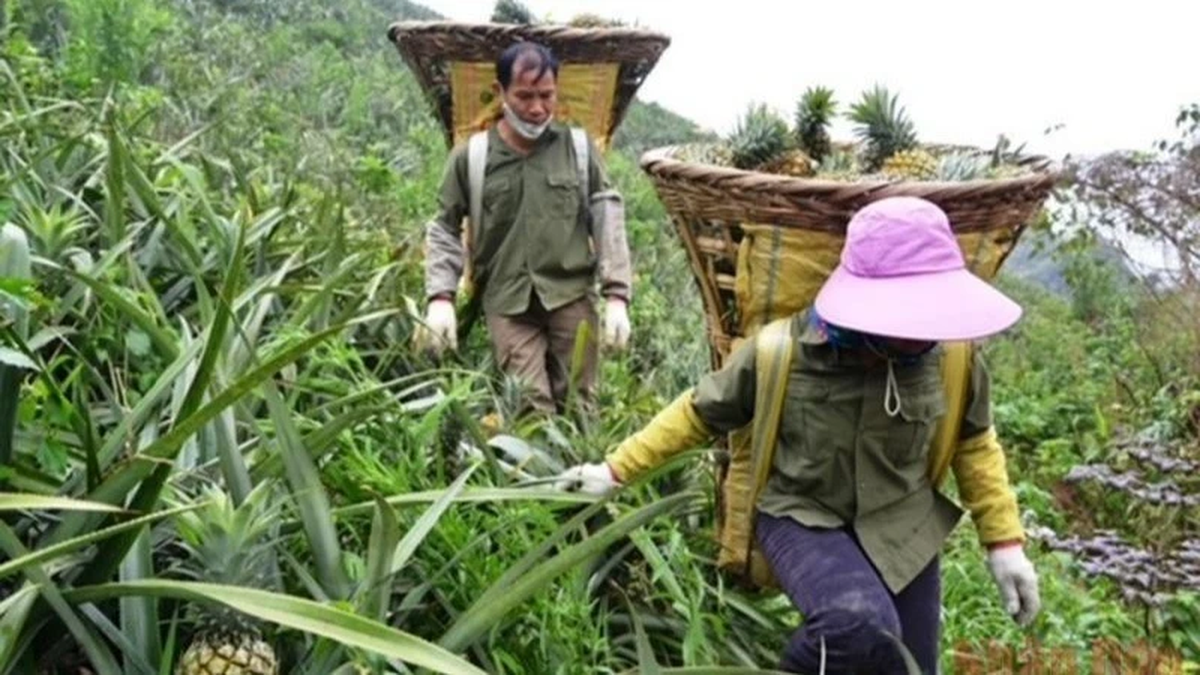



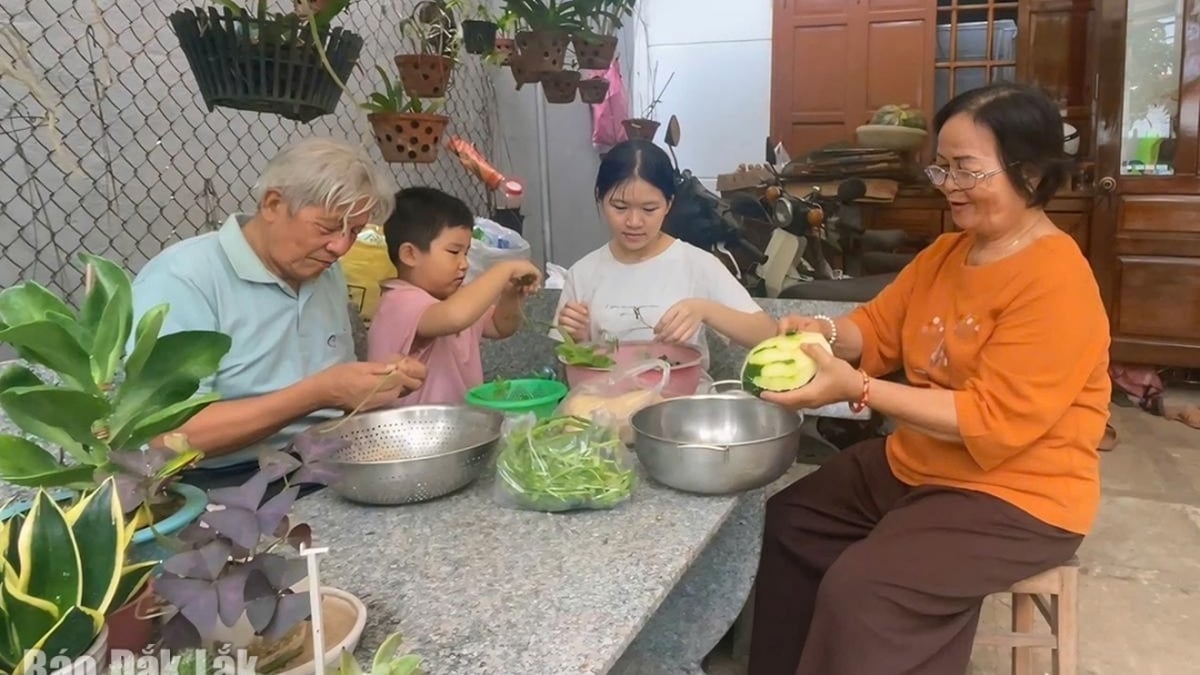





























































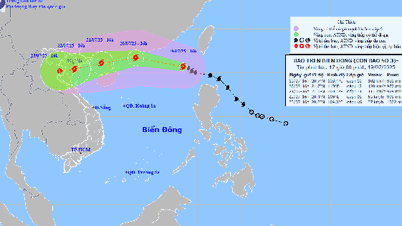

























Comment (0)